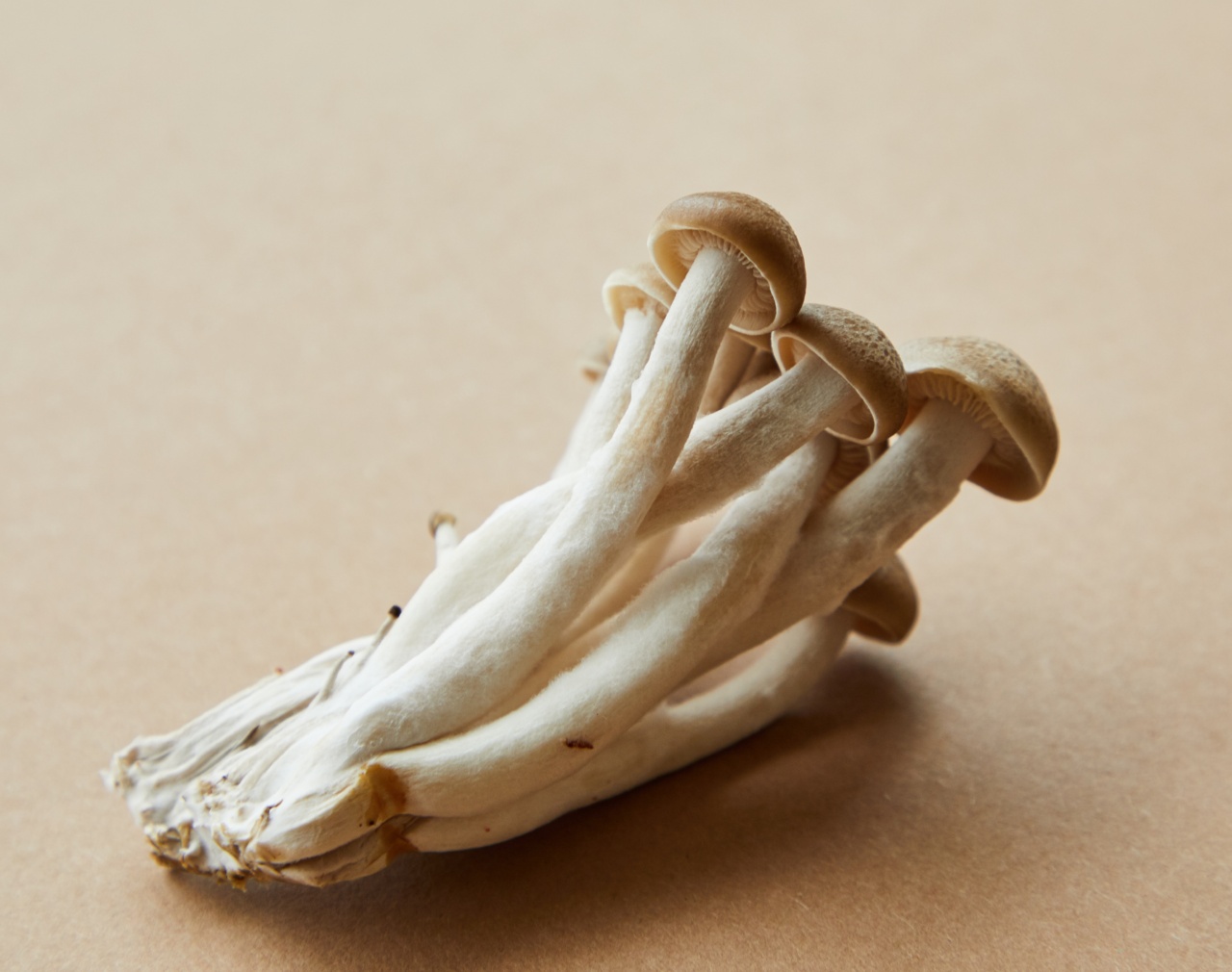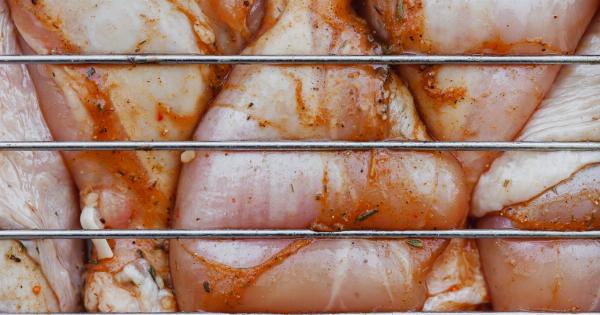For years, people have been convinced that consuming meat is the only way to get enough protein. But with the rise of vegetarianism, it’s no longer the case.
Vegetarians can meet their protein requirements with a few simple additions and modifications to their diet.
What is Protein?
Protein is one of the essential nutrients our body needs to build and repair tissues. It also helps in the production of enzymes, hormones, and other molecules that support metabolic reactions and functions in our body.
They are made of amino acids, which are the building blocks of our body.
Protein Requirements for Vegetarians
Protein requirements vary from person to person depending on their age, gender, activity level, weight, and any underlying health issues.
For vegetarians, protein needs can be met by adding a combination of whole grains, nuts, seeds, legumes, and dairy products in their diet.
Plant-Based Protein Sources
Here are some protein-rich food options that can help vegetarians meet their protein requirements:.
1. Legumes
Legumes are an excellent source of protein. Lentils, chickpeas, beans, and peas are high in protein and can be added to salads, soups, or veggie burgers to add flavor and nutrition. Half a cup of cooked lentils contains approximately 9 grams of protein.
2. Soy Products
Soy products such as tofu, tempeh, and edamame are rich in protein. They are versatile and can be added to stir-fries, salads, or made into burgers or meat alternatives. A 4-ounce serving of tofu contains approximately 9 grams of protein.
3. Nuts and Seeds
Nuts and seeds are an excellent source of protein. Almonds, cashews, peanuts, and sunflower seeds can be eaten as a snack or added to salads, oatmeal, or smoothies. A quarter cup of almonds contains approximately 6 grams of protein.
4. Whole Grains
Whole grains such as quinoa, brown rice, and barley are also a good source of protein. They can be eaten as a side dish, added to salads, or used in soups. A cup of cooked quinoa packs approximately 8 grams of protein.
5. Dairy Products
Dairy products such as Greek yogurt, cheese, and milk are high in protein. They can be consumed as a snack or added to smoothies, casseroles, or omelets. A cup of Greek yogurt contains approximately 23 grams of protein.
How to Incorporate Protein into a Vegetarian Diet
Here are some tips to help incorporate protein sources into a vegetarian diet:.
1. Plan Ahead
Planning meals and snacks ahead of time can make it easier to ensure you are meeting your protein needs. This can be as simple as packing a handful of nuts as a snack or adding tempeh to a stir-fry for dinner.
2. Get Creative in the Kitchen
Try new recipes that incorporate protein-rich ingredients and experiment with different flavors and textures.
3. Combine Protein Sources
Eating a variety of protein sources in every meal can help vegetarians reach their protein requirements. For example, adding quinoa and edamame to a salad can boost the protein content.
4. Be Mindful of Portion Sizes
Eating too many or too few calories can affect how much protein your body needs. Paying attention to portion sizes and listening to your body’s hunger cues can help maintain a healthy balance of nutrients.
Cooking Methods That Preserve Protein Content
Cooking methods can affect the protein content of foods. Here are some cooking methods that preserve the protein content in the food:.
1. Steam
Steaming vegetables and legumes preserves their protein content. This cooking method also maintains the food’s original texture and flavors.
2. Boil
Boiling legumes and whole grains preserves their protein content. This method also softens the food, making it easier to digest.
3. Roast
Roasting nuts and seeds keeps their protein content intact. This method is also an excellent way to add flavor to the food.
Conclusion
Vegetarians can meet their protein requirements by adding a combination of legumes, soy products, nuts, seeds, whole grains, and dairy products in their diet.
It’s important to plan meals, get creative in the kitchen, combine protein sources, and be mindful of portion sizes. Cooking methods such as steaming, boiling, and roasting can preserve the protein content in foods. By following these tips, vegetarian diets can supply the body with the necessary protein for essential functions.






























